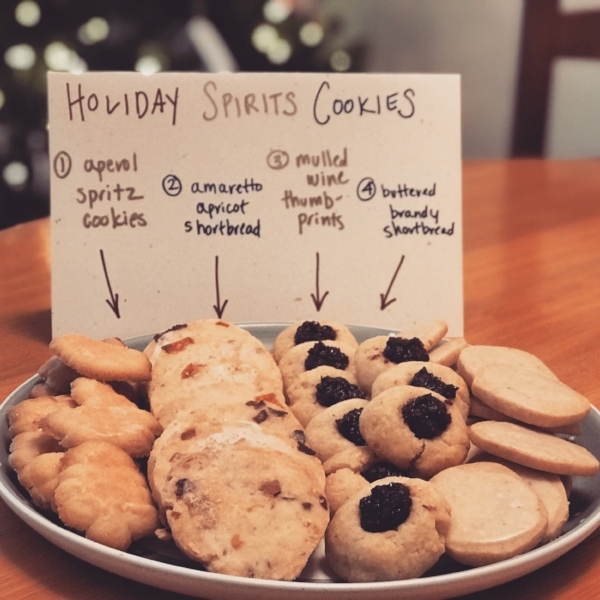Medium White T-Shirts
A few years ago in an Obama profile in the New York Times, it was revealed that Mr. President and his then-Chief of Staff, Rahm Emanuel, when overwhelmed with the enormous task of leading our country, would contemplate opening a shop in Hawaii that sold one item, in one size -- white t-shirts, size medium. No decisions would need to be made, ever, for the consumer and, more importantly, the shopkeep. Ever since, when Jeff and I are feeling lazy about dinner we say we’re in the mood for the same, medium white t-shirts.
A night like this can veer in several directions. We could end at our favorite takeout sushi place: spicy tuna for me, salmon rolls for him. We could scrounge our cupboards and refrigerator for leftovers, ingredients, and creative inspiration. Or somebody could give in, go to the grocery store, and make one of our kitchen staples. For the last five weeks, that staple has been a simplified version of Aunt Raffy’s Quinoa and Ceci Soup.
The first time we made this soup, years ago, we followed the recipe exactly as written. Like most puréed soups the process begins with a vegetable sauté before adding stock, bringing everything to a boil, and simmering. If this were a standard recipe, it would then be puréed with an immersion blender. However, Raffy and Giada’s recipe calls for removing the cooked vegetables from the stock and blending separately. Meanwhile, quinoa is added to the liquid and cooked, then the vegetables poured back in, and everything mixed together. The quinoa remains whole in an otherwise completely blended soup, creating a wonderful textural difference I’d like to also try with other whole grains.
That being said, on a weeknight, particularly a medium white t-shirts weeknight, we like to skip that extra step. The quinoa is added with the liquid and becomes part of the final purée. It’s an amplified version of adding a few tablespoons of brown rice or farro to a puréed soup, a trick to add a creamy texture without cream. In my mind I’ve been calling it shrimp and grits soup, because the blended quinoa and chickpeas create a thick, grits-like texture, particularly after the soup has sat for a day and thickened; I want to spread it on a plate and top with grilled shrimp. I’ve also been referring to this as the new tomato soup, because it’s excellent with a grilled cheese sandwich for dipping. You come up with a lot of nicknames when you make the same thing five weeks in a row.
The repetition has worked out well for us. You see, we’ve had other things on our mind, namely our honeymoon to Hawaii starting in two days and four hours (but who’s counting). Our evenings have been spent booking tee times and boat tours, making dinner reservations, reading about the best places to hike in western Maui, packing and shopping, and more packing and shopping.
We might never come home, and if that’s the case please visit us at our shop: Medium White T-Shirts.
QUINOA AND CECI SOUP, inspired by Giada de Laurentiis
You’ll need:
2 tbsp olive oil
Salt & pepper
1 onion, chopped
3 carrots, chopped
3 celery stalks, chopped
4 tomatoes, seeds removed and chopped
1 can of chickpeas, rinsed and drained
1/2 cup of quinoa
1 pint of vegetable stock
A few sprigs of thyme
1 parmesan rind (if available)
Heat olive oil in a large pot over medium heat. Add the onion, carrots, and celery, and season with salt and pepper. Cook until starting to soften, about 5-10 minutes. Add the tomatoes, chickpeas, quinoa, vegetable stock, thyme, and parmesan rind. If necessary, add water until everything is just barely covered. Bring to a boil, then reduce heat and simmer for about 15-20 minutes, until quinoa is cooked and vegetables are fully softened. Remove the thyme sprigs and parmesan rind. Use an immersion blender to purée.




